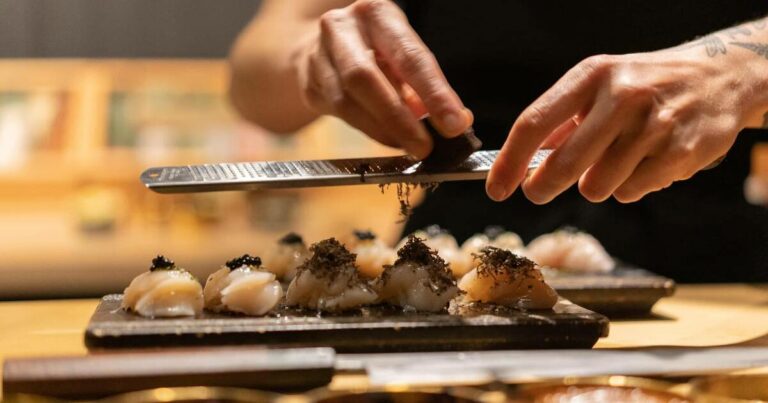Introduction: Holy See and Cuisine
The Holy See, also known as the Vatican City, is the smallest independent state in the world. Located within the city of Rome, the Holy See is the spiritual center of the Roman Catholic Church and the residence of the Pope. The Vatican is also known for its magnificent art and architecture, but does it have a unique cuisine?
Historical Background of Holy See’s Cuisine
The Vatican City has a long and rich culinary tradition that evolved over the centuries. The cuisine of the Holy See has been influenced by the Roman, Italian, and Mediterranean culinary cultures. The Popes and Cardinals of the Vatican have always been known for their lavish feasts and banquets, which were often attended by the nobility and royalty of Europe. The Vatican also had its own vegetable garden, orchard, and livestock, which provided fresh ingredients for the Vatican’s cuisine.
Ingredients and Dishes in Holy See’s Cuisine
The cuisine of the Holy See is characterized by its simplicity, freshness, and quality of ingredients. The Holy See’s cuisine is based on the Mediterranean diet, which includes fruits, vegetables, legumes, fish, and olive oil. One of the most famous dishes in the Holy See’s cuisine is the “pasta alla amatriciana,” a pasta dish made with tomato sauce, bacon, and pecorino cheese. Another popular dish is the “coda alla vaccinara,” a stew made with oxtail, celery, and tomato sauce.
Influences on Holy See’s Culinary Culture
The Holy See’s cuisine has been influenced by the culinary traditions of Rome and Italy. The Holy See’s cuisine also reflects the influence of the regions that surround the Vatican, such as Tuscany, Umbria, and Emilia-Romagna. The culinary culture of the Holy See has also been influenced by the religious pilgrims who came to the Vatican from all over the world, bringing with them their own culinary traditions.
Significance of Food in Holy See’s Tradition
Food has always played a significant role in the tradition of the Holy See. Food is not only a basic need but also a symbol of hospitality and generosity. The Vatican has a long history of serving food to the poor and needy, and the Pope’s Kitchen, which is responsible for preparing food for the Pope and his guests, also provides food for the homeless in Rome. The Holy See’s cuisine is also an important part of the Vatican’s cultural heritage and a symbol of its identity.
Conclusion: The Unique Cuisine of Holy See
The Holy See’s cuisine may not be as well-known as the cuisines of Italy or France, but it has its own unique identity and cultural significance. The cuisine of the Holy See reflects the culinary traditions of Rome and Italy, as well as the influence of the regions that surround the Vatican. The Holy See’s cuisine is characterized by its simplicity, freshness, and quality of ingredients, and it is a symbol of the Vatican’s hospitality, generosity, and cultural heritage.

